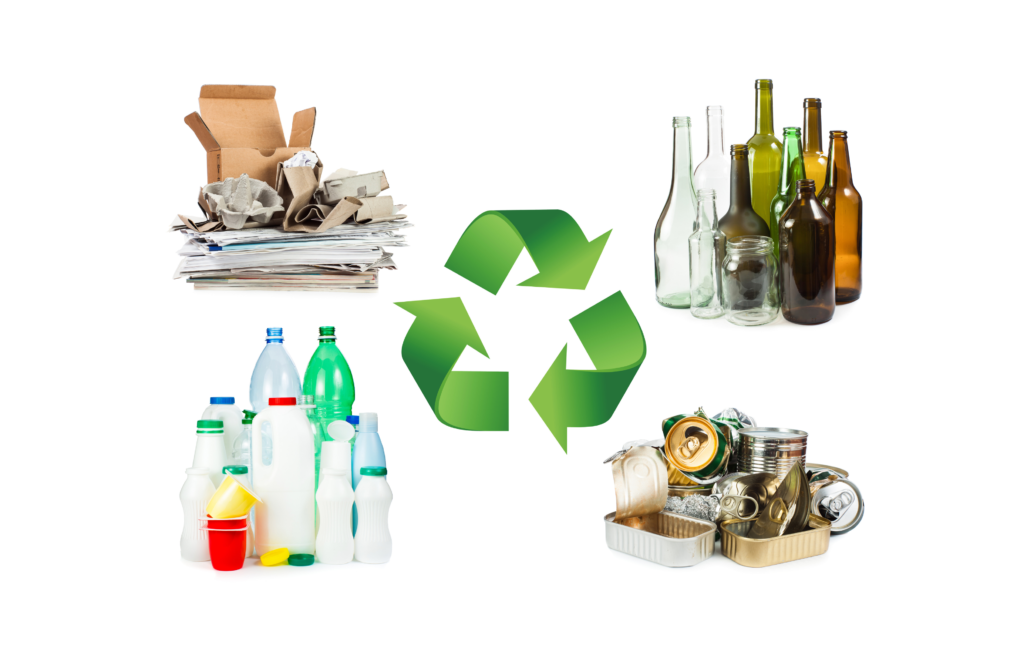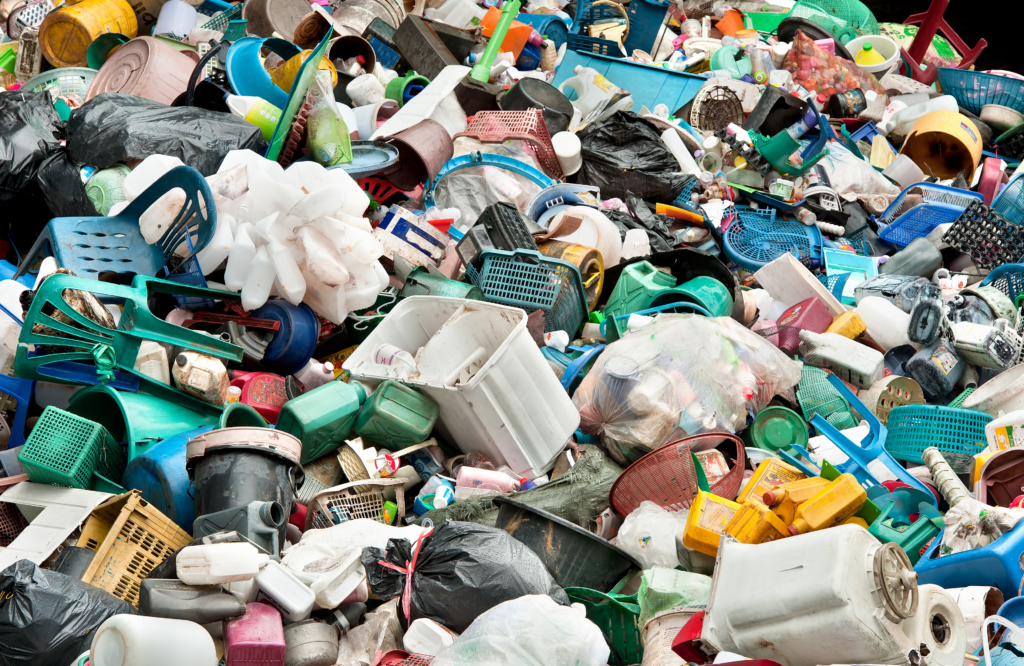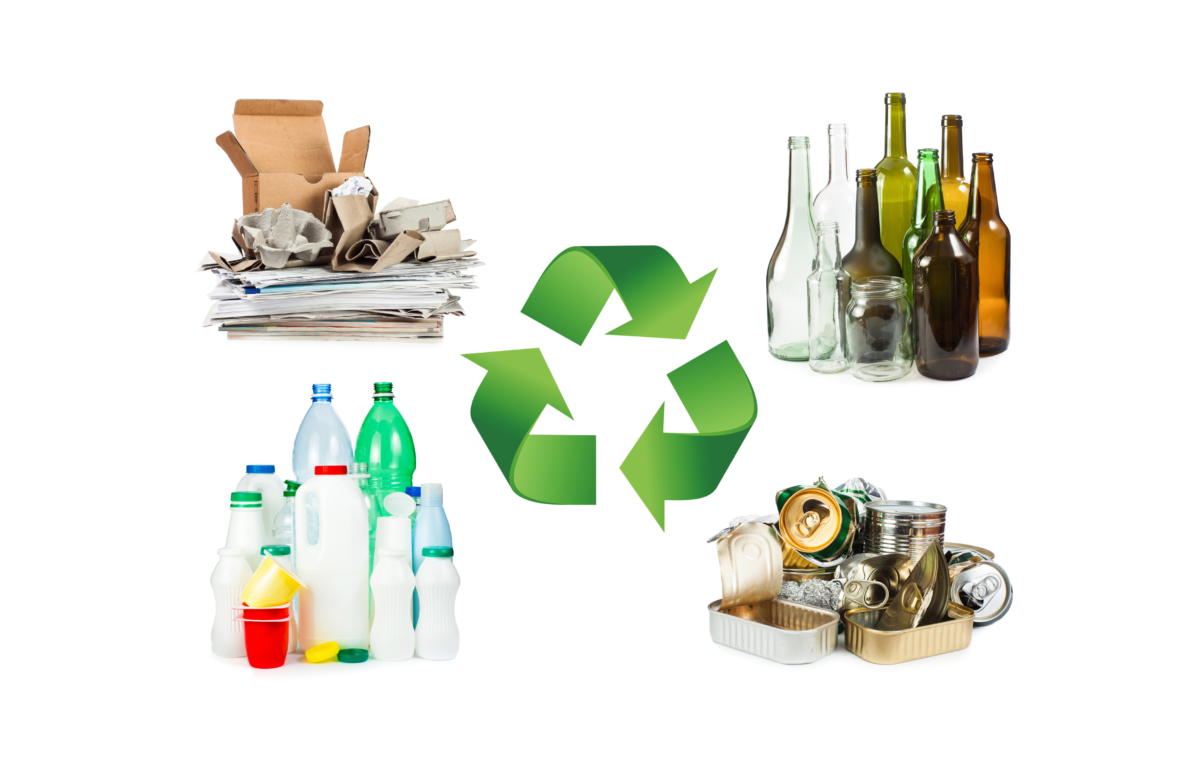Surprising Products Made from Recycled Plastic Bottles – SAYA
In the face of climate change, pollution, and population growth, businesses are looking for more sustainable solutions. One of those solutions is circularity. Circularity disrupts the idea that items like plastic are disposable. Instead, it focuses on reuse and recycling.
Can you imagine a world without trash?

In the old, linear model of economics, manufacturers take a natural resource and turn it into a product. A consumer then uses the product and throws it away. For example, a tree is cut down and turned into lumber, which is made into furniture. A customer buys the furniture and uses it until it breaks, then throws it away. The process is linear, as products travel from point A to point B to point C. The end of the line is usually a landfill or the ocean.
In a circular economy, however, post-consumer waste is recaptured, reused, or recycled and put back into the economy. According to the Ellen MacArthur Foundation, a circular economy is restorative and regenerative by design. Circularity means we use resources sparingly and recycle over and over again, capturing as much utility as possible.
Proponents of circularity say that growing the global economy requires this harmony with nature.
Applying Circularity to Plastics
For some materials, like metals, circularity is an easy choice. You just capture the used metal, melt it down and create new products. As the steel industry discovered, remanufacturing and reuse is less expensive and more sustainable than making new metal.
A circular plastic economy is a bit more challenging. That’s because manufacturers need to design plastic products with recycling and reuse in mind. And companies use different techniques to renew plastic into products such as fibers, clothing, building materials or household items.

According to The SustainAbility Institute, companies need more incentives to reuse and recycle. And, one of the biggest incentives is consumer demand. Understanding the value and usability of the recycled products is key. The private sector can lead the way, especially in Asia where many plastics originate. How? By showing the world the innovative products that we can make from recycled bottles and other plastics.
Using advanced recycling techniques, companies are creating fibers and fabrics that perform better than their non-recycled counterparts. Some companies in Europe and Asia are even pioneering ways to renew hard-to-recycle plastics into food-grade plastic products. They’re finding ways to not only recycle plastic bottles and containers, but also recover plastic waste from the oceans.
The hope is that in the coming years, virgin plastic will become obsolete.
Closing the loop

SAYA is proud to help close the loop and make plastic circularity a reality. We partner with major consumer brands and like-minded manufacturers to bring innovative, high performance fibers and fabrics to consumers worldwide.
To learn more, contact change@sayarenew.com
